Ariston washing machine does not spin
 Ariston washing machines are famous for their excellent spinning of clothes - their owners very often note this particular feature among the advantages of washing equipment of this brand. However, sometimes they encounter a problem - the Ariston washing machine does not spin. Often the drum even rotates, but not fast enough to create the desired effect and properly wring out the washed items. Why is this happening? How to avoid this problem and solve it if it occurs?
Ariston washing machines are famous for their excellent spinning of clothes - their owners very often note this particular feature among the advantages of washing equipment of this brand. However, sometimes they encounter a problem - the Ariston washing machine does not spin. Often the drum even rotates, but not fast enough to create the desired effect and properly wring out the washed items. Why is this happening? How to avoid this problem and solve it if it occurs?
When it's not a matter of failure
If the machine does not spin, this is not always a signal of a breakdown. There is no need to immediately get scared and start planning large repair costs. Among the main reasons for poor spin (or lack of spin) is squeezing or kinking of the drain hose. In this case, the water cannot be drained into the sewer. You just need to check the hose and outlet communications.
Some washing modes do not involve spinning. For example, if you select a delicate wash or woolen items, the spin mode will not turn on. If you need to squeeze things out, you need to turn on the spin mode manually.
The laundry will remain wet if the spin program is selected at low speed. In this case, the spin will be performed, but the laundry will not be spun satisfactorily. You need to run a separate spin mode at higher speeds.
If the machine is not optimally loaded with laundry, it will not spin well. Almost all modern models have an intelligent weighing function. If the machine, after weighing the laundry, considers that its weight is not optimal for spinning, it will not start this mode. The weight can be either too much or too little.Remove excess items from the drum or, conversely, add more items to set the optimal weight for spinning.
If, after checking all the above reasons, the machine does not wring out the laundry, it may be due to a breakdown. Some minor repairs will be required. Let's look at the main points.
Blame the fault
A tricky malfunction may be to blame for this problem. What to do, where to look for reasons? The most common breakdowns leading to disruption of the laundry spinning function are:
- problems with the drain pump;
- breakdown of the pressure switch;
- incorrect operation of the tachometer;
- engine malfunction;
- error in the control module.
Here are the main most common causes of failures in the spin mode. There are others, but mostly experts indicate that their frequency is negligible. First, when carrying out repairs with your own hands, you need to inspect each specified element.
We check and repair the pump
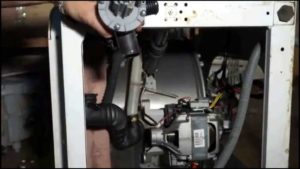 Everything is much simpler if the code F11 lights up on the washing machine display. This just indicates a problem with the drain pump. First, we find the corresponding node. You need to place the washing machine on its side. Before doing this, place a soft cloth on the floor - this will help preserve the body. After unscrewing the screws, you need to remove the bottom (if it is installed on your model). Next we proceed like this.
Everything is much simpler if the code F11 lights up on the washing machine display. This just indicates a problem with the drain pump. First, we find the corresponding node. You need to place the washing machine on its side. Before doing this, place a soft cloth on the floor - this will help preserve the body. After unscrewing the screws, you need to remove the bottom (if it is installed on your model). Next we proceed like this.
- You need to carefully feel the drain pipe. If blockages are felt in it, it must be removed from the pump.
- Loosen the clamp holding the part.
- After unscrewing the bolts that hold the part, you need to disconnect the electrical wires.
- Take out the pump.
- Disconnect the pipe from the tank and rinse it under running water. This way it will clean well.
Visually inspect the pump. Often the pump simply becomes clogged with dirt, which is why it does not work. Rinse it.After that, put it in its normal place and test it with a multimeter. If there is no signal, the pump needs to be replaced. The same applies to impeller failure.
Checking and replacing the level sensor
The described problems with spinning can also occur due to malfunctions from other units. Before replacing the pressure switch, you need to finally make sure that the old one is not working. It needs to be removed to check. To remove the pressure switch (aka water level sensor), you need to perform a number of simple steps.
- Remove the top cover of the machine by sliding it backwards. The pressure switch is located on the side wall. It is secured with special screws.
- You need to disconnect the wires and remove the hose from the pressure switch. Unscrew the bolts securing the unit and remove it.
- Inspect the part, rinse it with water if contamination is suspected. The connectors must be non-oxidized. If there is oxidation, you need to carefully clean them.
- Check the functionality of the unit.
Next, you need to put a hose on the fitting, bring it to your ear and blow into the free end of the hose. A specific click should be clearly audible in the unit. This indicates that there is contact. There may be several clicks, it depends on the model.
No clicks are the worst sign. It indicates that the part is faulty. If there are clicks, you need to check the reliability of the contacts with an ohmmeter. You need to connect the measuring device to the corresponding sockets at the input of the block. When closing and opening, a voltage surge will be observed. If it is not there, then the node is faulty. If, based on the results of these actions, it becomes clear that the pressure switch is not working, it must be replaced.
It's worth checking the Hall sensor
If everything is fine with the pressure switch, we go closer to the engine.But before checking the engine, it is also important to make sure that the tachometer is working. Often it can also be the cause of the problem. To check this part, the washing machine will have to be disassembled. The sequence of actions is as follows:
- disconnect equipment from the power supply, as well as from communication outputs and inputs;
- on the back wall of the case you need to remove all the screws and remove the wall itself;
- remove the drive belt by pulling it slightly towards you and turning the pulley in parallel.
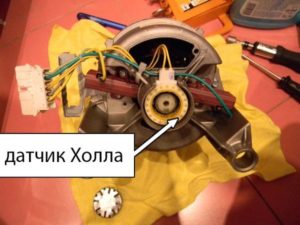 Now you need to remove the engine from the washing machine. First, it is important not to forget to mark all the wires that lead to the engine. Next you need to remove the bolts that hold the motor. Gently rocking the engine, remove it from the washing machine. After removing the engine, you can get a good look at the Hall sensor. Among the probable reasons for its incorrect operation: loosening of fasteners, disconnection of contacts. All this can be associated with strong vibrations. You need to tighten the bolt and check the contacts. The resistance on the tachogenerator is checked using the following method:
Now you need to remove the engine from the washing machine. First, it is important not to forget to mark all the wires that lead to the engine. Next you need to remove the bolts that hold the motor. Gently rocking the engine, remove it from the washing machine. After removing the engine, you can get a good look at the Hall sensor. Among the probable reasons for its incorrect operation: loosening of fasteners, disconnection of contacts. All this can be associated with strong vibrations. You need to tighten the bolt and check the contacts. The resistance on the tachogenerator is checked using the following method:
- set the tester to resistance measurement mode;
- you need to release the wire connectors and move them away from the sensor contacts;
- We check the resistance by touching the probes to the contacts.
The resistance standard for a tachogenerator is 60-70 Ohms.
We turn on the tester in voltage reading mode, you need to find out whether current is being generated. If yes, then the problem is not with the tachogenerator. We apply the tester probes to the sensor contacts. By turning the motor by hand, we monitor the readings. If the readings change, current is generated. Normally, the device should show a voltage of around 0.2 Volts. And at the end, be sure to check all the wiring. The tachogenerator itself rarely breaks down.If a problem is detected with the Hall sensor, it will need to be replaced.
Let's open the engine
Since Ariston washing equipment uses commutator motors, engine malfunctions occur frequently. In such a motor the following may break: brushes; slats; rotor winding; stator winding.
The brushes are located on the sides of the motor housing. There are two of them. They are made from fairly soft metal, hence their tendency to wear out quickly. Replace them if you see mechanical wear. It is usually visible by eye. If wear is not visible by eye, it is recommended to turn on the engine and observe its operation. If the brushes spark, it means they need to be replaced.
New brushes can be bought at any store that has parts for Ariston washing machines.
Problems with the lamellas arise due to the peculiarities of their fastening: they are attached to the shaft with glue. For this reason, they can often peel off if the motor jams. If the damage is minor, you can turn the commutators on a lathe, and the problem will be solved. Metal shavings must be cleaned with sandpaper.
The slats must be carefully inspected visually. It is especially necessary to pay attention to the presence of detachments. Any burrs can lead to malfunctions of the “heart” of the washing machine.
If there is a problem directly in the winding, this will manifest itself in a decrease in engine power up to a complete stop. After a short circuit, an emergency shutdown of the engine occurs. The performance of the windings is checked with a multimeter. It needs to be turned on in resistance mode. Next, attach the probes to the lamellas. The normal value should be between 20 and 200 Ohms. A lower value indicates a short circuit, a higher value indicates a winding break.
To check the performance of the stator, you need to switch the multimeter to the “buzzer” mode. The probes must be applied separately to the ends of the wiring. The absence of sounds will indicate that there are no problems. If the device makes a sound, then there is a problem.
Next, attach one probe to the wiring, and the second to the housing. There should be no sounds. Their presence will indicate a problem. If a fault is detected in the winding, you will not be able to repair it yourself. The entire engine will have to be completely replaced.
It might be the electronic board.
If an error code F18 appears on the display, this indicates the need to reflash the electronic board. You will not be able to carry out such repairs yourself. It is necessary to have special knowledge in the field of electronics and equipment programming. In this case, you need to know the features of specific models of washing machines.
If such a breakdown is detected, it is better to immediately contact the customer support center.
Repairing an Ariston washing machine is not as complicated as it might seem at first glance. As we can see, it is not difficult to understand the reasons for poor spinning or lack thereof. And only in the most difficult cases concerning the “brains” of the washing machine, will you really have to turn to specialists. In other situations, it is possible to fix the problem yourself, spending a minimum of time on it.
Interesting:
Reader comments
- Share your opinion - leave a comment

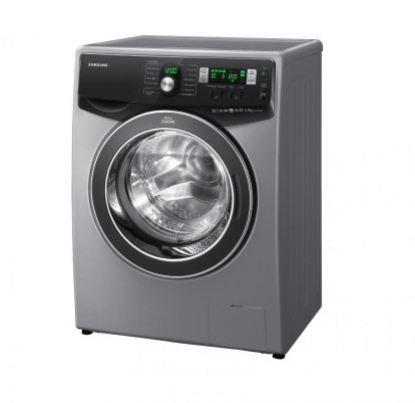

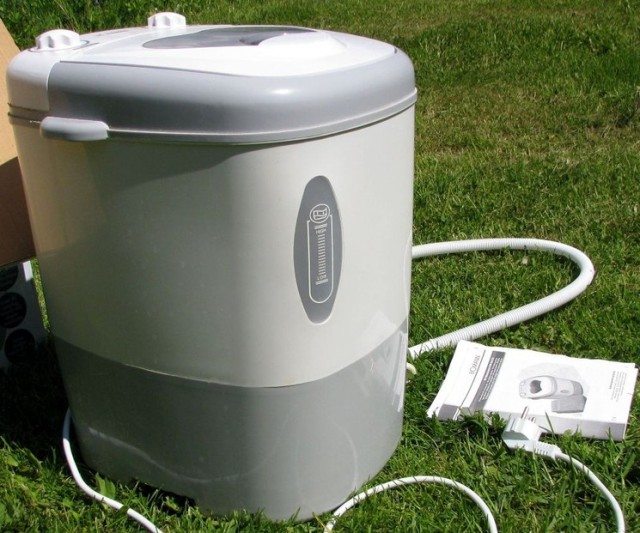
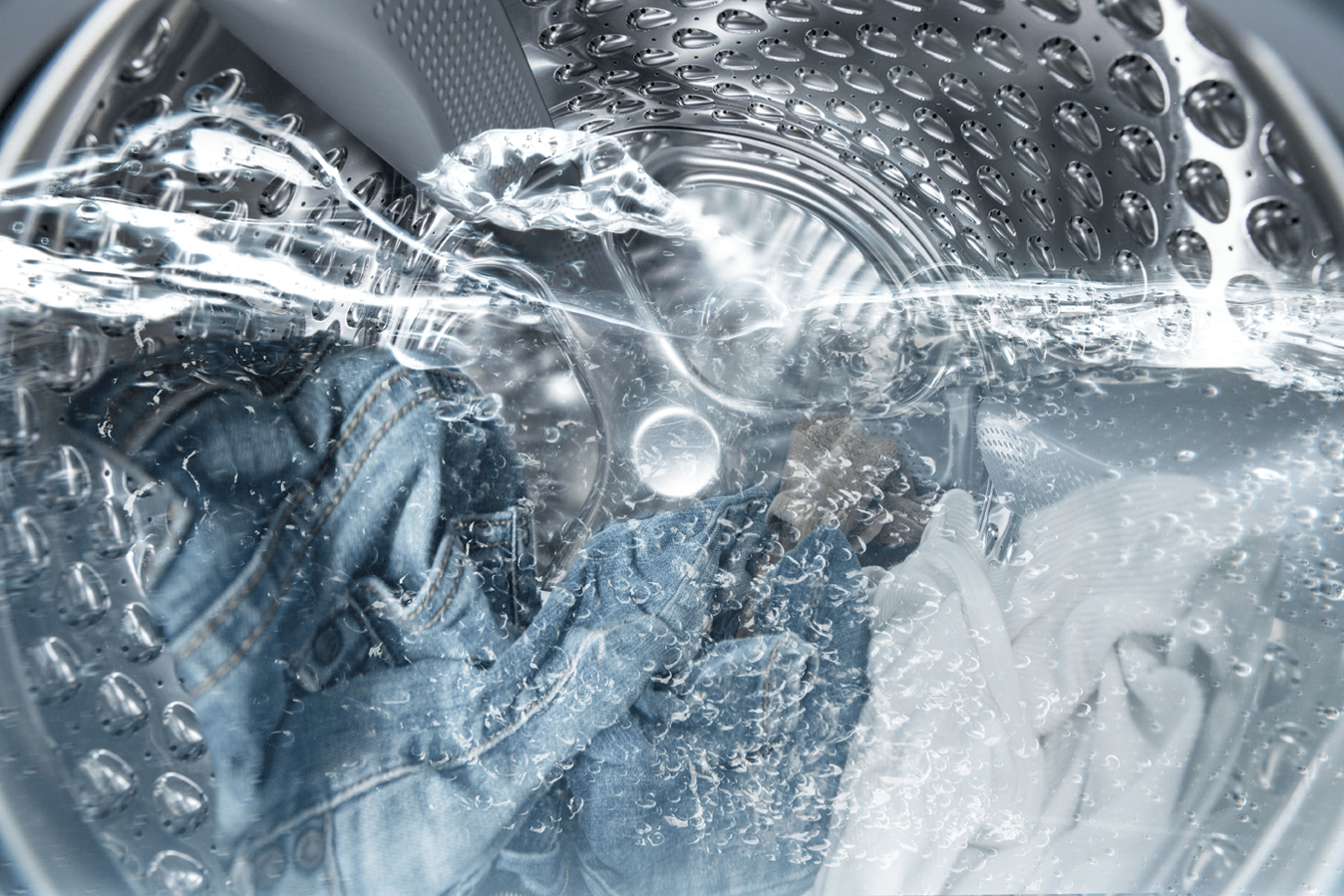
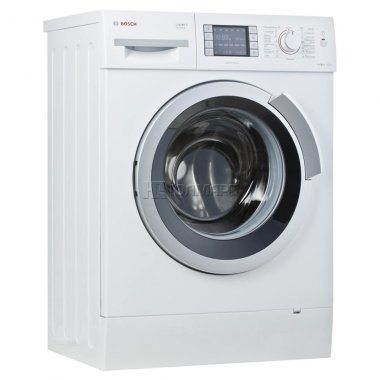
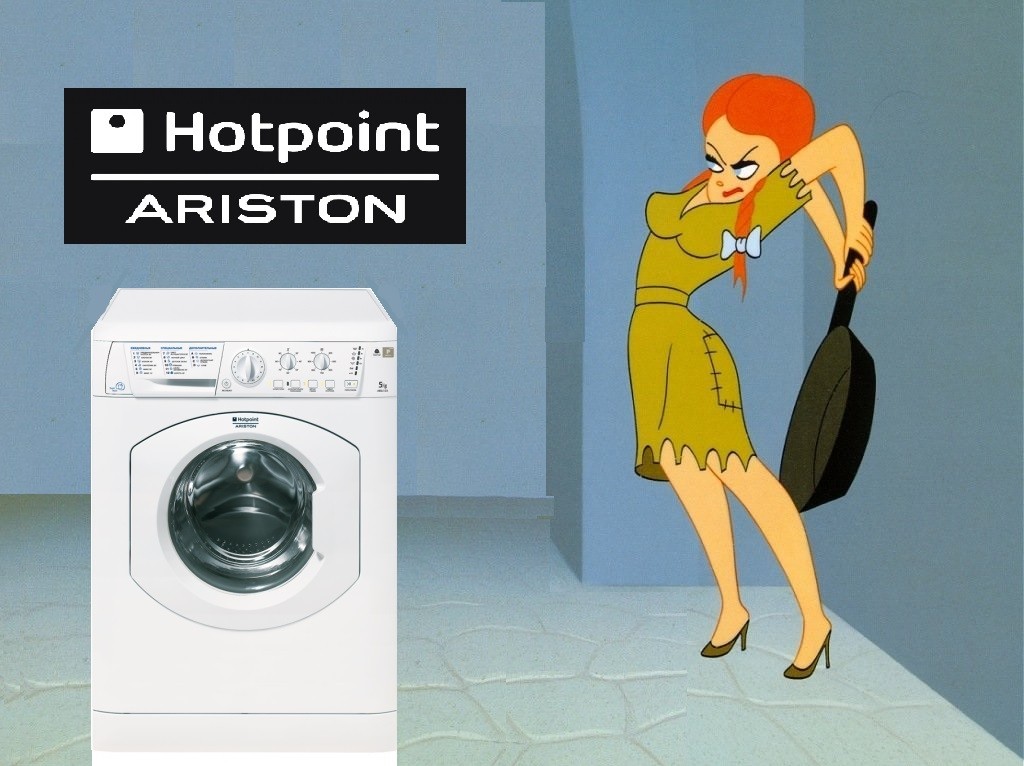














Add a comment